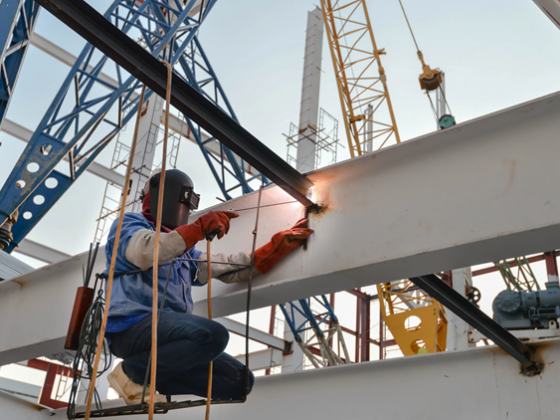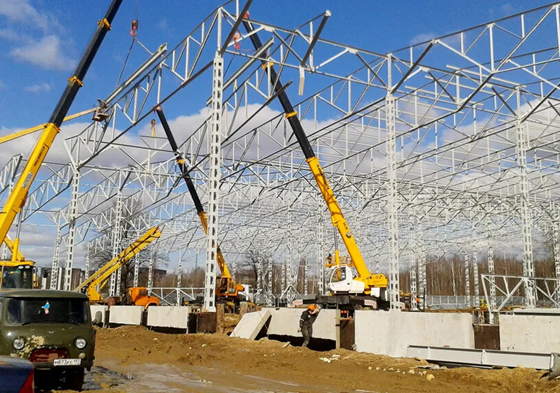Welding of metal structures is one of the key processes in construction and manufacturing, ensuring the strength and reliability of the assembled elements.
Correct welding plays an important role in the durability and stability of structures during operation. In this article, we will consider in detail how metal structures are welded, highlighting the main stages of the process, technologies and practical tips.
Stages of welding metal structures
Preparation of parts for welding
Preparation is one of the main stages of the welding process, affecting its quality. This stage includes:
- Surface cleaning: removing rust, dirt, grease and other foreign substances that can affect the adhesion of metals.
- Assembly of the structure: the parts must be correctly aligned and fixed to ensure that they remain in the desired position throughout the welding process.
- Proper alignment: it is necessary to check the geometry of the structure and make sure that all parts are positioned correctly.
- Choosing a welding technology
There are several welding technologies used to connect metal structures. It is important to choose the appropriate method depending on the type of material, working conditions and requirements for the strength of the joint:
- Electric Arc Welding (Electrode Welding): a common method that uses an electric arc to melt the electrodes and the base metal. Suitable for most types of steel.
- MIG/MAG Welding: a method that uses a continuous wire as an electrode and a shielding gas, providing high weld quality and minimal deformation.
- TIG Welding: this method requires more experience, but provides very high weld quality, especially when working with stainless and alloy steel.
- Submerged Arc Welding: used for mass production and large structures when high speed and productivity are required.
Welding of metal structures is a multifaceted process that requires high qualifications, knowledge of technology and compliance with safety regulations. From preparation and selection of the method to control procedures, each stage is important to achieve a stable and reliable structure. Considering all stages of welding, one can understand that high-quality work ensures not only durability, but also the safety of the objects on which the welded structure will be used.


